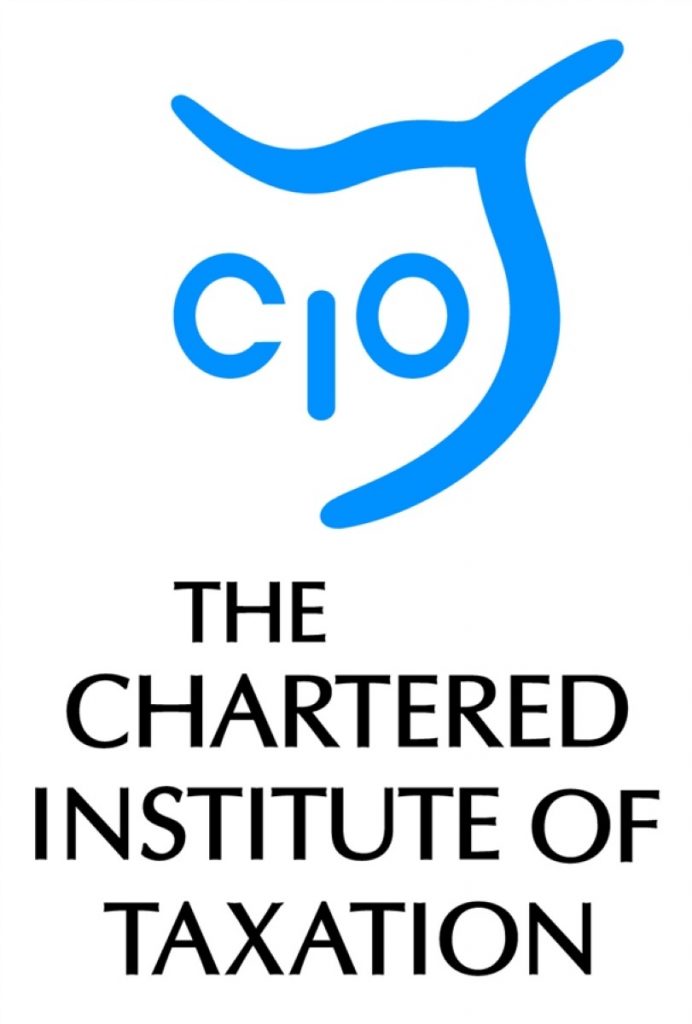Scottish property tax changes highlight move to dynamic tax environment
The changes, announced by Finance Secretary John Swinney in the Scottish Parliament today, mean that the tax, which will apply from 1 April 2015, will be lower for those buying properties at average Scottish prices than initially proposed in the Draft Budget 2015-16 and also lower than in the rest of the UK.
Moira Kelly, Chair of the CIOT’s Scottish Technical Sub-committee, commented:
“Today’s announcement shows just how much changes in Holyrood and Westminster are feeding off each other. Political and economic competition across the border is now an increasingly visible fact of life.
“The Scottish Government got much praise when they announced the end of the ‘slab system’, which distorted property sales by creating cliff edges at particular property values, and did so in a way that cut tax bills for buyers of low and averagely priced homes.2 Westminster followed suit in December, sweetening the move with extra money to make 98% of home buyers winners. But that changed the dynamics in Scotland, creating many more potential losers under the changes compared to the rest of the UK, so Holyrood is responding with further changes of its own.
“As further tax devolution takes effect we are likely to see more of this. Westminster will no doubt want to watch carefully to see what reaction changes made by the Scottish Government get, and what effect they have, while Holyrood will inevitably have to take account of any significant changes south of the border which change the relative competitiveness of the two tax systems.
“The changes announced by John Swinney today bring the new system more closely into line with the Scottish Government’s principle of a progressive tax system, with taxes being proportionate to a taxpayer’s ability to pay. The CIOT has previously said to the Finance Committee of the Scottish Parliament that ideally there should not be a significant leap in the rate of tax from band to band.3 The original proposal included a huge leap from 2% to 10%, and had only three rates. The introduction of an additional band with a 5% rate provides for more progression and differentiation, which is something we suggested to the Finance Committee in October.”
Notes to editors:
1. The proposed tax rates for Land and Buildings Transaction Tax as announced in the Draft Budget 2015-16 on 9 October 2014 can be found here [http://www.scotland.gov.uk/Publications/2014/10/2706/4].
2. The CIOT’s response to the Draft Budget 2015-16 can be found here [http://www.tax.org.uk/media_centre/Press+Releases/Scottish+Budget+land+buildings+transaction+tax]
3. The submission of the CIOT in response to the Finance Committee of the Scottish Parliament’s Call for Evidence on the Land and Buildings Transaction Tax Bands and Rates can be read in full here [http://www.tax.org.uk/Resources/CIOT/Documents/2014/10/141024%20Land%20and%20Buildings%20Transaction%20Tax%20Bands%20and%20Rates%20-%20CIOT%20comments.pdf]. The Call for Evidence can be read here [http://www.scottish.parliament.uk/S4_FinanceCommittee/Inquiries/Call_for_evidence_-_final(1).pdf]
4. The Chartered Institute of Taxation
The Chartered Institute of Taxation (CIOT) is the leading professional body in the United Kingdom concerned solely with taxation. The CIOT is an educational charity, promoting education and study of the administration and practice of taxation. One of our key aims is to work for a better, more efficient, tax system for all affected by it – taxpayers, their advisers and the authorities. The CIOT’s work covers all aspects of taxation, including direct and indirect taxes and duties. Through our Low Incomes Tax Reform Group (LITRG), the CIOT has a particular focus on improving the tax system, including tax credits and benefits, for the unrepresented taxpayer.
The CIOT draws on our members’ experience in private practice, commerce and industry, government and academia to improve tax administration and propose and explain how tax policy objectives can most effectively be achieved. We also link to, and draw on, similar leading professional tax bodies in other countries. The CIOT’s comments and recommendations on tax issues are made in line with our charitable objectives: we are politically neutral in our work.
The CIOT’s 17,000 members have the practising title of ‘Chartered Tax Adviser’ and the designatory letters ‘CTA’, to represent the leading tax qualification.





-01.png)